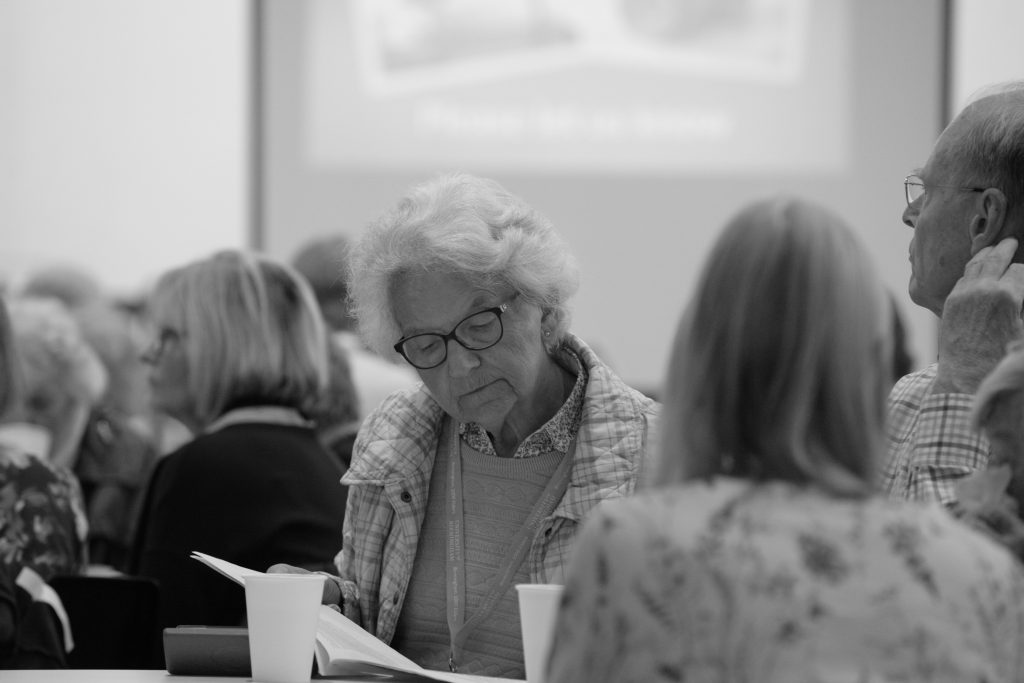Why Musculoskeletal
Ageing Research?
The importance of musculoskeletal ageing research for medical advance
Life expectancy in the UK is increasing at a rate of approximately two years per decade, with one-in-three children born now expected to reach 100 years of age. This would be a cause for celebration if it were not for the fact that increases in health span, the years spent in good health, are not keeping pace with lifespan changes. Estimates from the World Health Organization show a ten-year difference between health span and lifespan in the UK.
The age-related decline in the musculoskeletal system, leading to frailty and diseases such as osteoarthritis and rheumatoid arthritis, can be considered ‘ageing that matters’, due to the impact on independence, quality of life and ability to remain in employment. This compromise to the functioning of the musculoskeletal system accounts for the largest proportion of years lived with disability in the UK and musculoskeletal health is the fourth largest draw on NHS finances. Moreover, ageing is not the only factor leading to musculoskeletal frailty and disability, with 16% of those disabled being victims of trauma. As the majority of trauma patients are aged 20–40, the economic impact extends over decades.

740,000
adults are admitted to Accident and Emergency each year after a fall, which resulted in
66,000
hip fractures in 2017
Statistics concerning age-related compromise to the musculoskeletal system make it clear that doing nothing to improve the musculoskeletal health of our ageing population is an expensive choice and an untenable long-term position:
- 740,000 adults are admitted to Accident and Emergency each year after a fall, which resulted in 66,000 hip fractures in 2017
- 20% of the population consults their GP about a musculoskeletal problem each year
- The NHS spends more than £5 billion on musculoskeletal health
- Low muscle mass predicts all-cause mortality in older people
- Arthritis affects over 10 million people in the UK and there are more than 175,000 joint replacements annually as a result
- The indirect cost to the economy of arthritis, in terms of working time lost, is estimated at £14 billion
Ageing is a complex process that results in the reduced functioning of most of the body’s organ systems, with the musculoskeletal system (muscle, bone, tendon and cartilage) significantly affected.
The musculoskeletal system is compromised not only by loss of muscle, bone and cartilage with age, but also by the decline in function of the nervous system, which results in reduced control of movement and balance leading to frailty. Ageing is also often accompanied by weight gain, which puts further strain on joints and contributes to erosion of cartilage and bone, increasing the chances of developing osteoarthritis. Importantly, both ageing and obesity are associated with decreased physical activity levels, an increased level of systemic inflammation, an altered anabolic hormone milieu, muscle anabolic resistance to nutrition and exercise and insulin resistance, all of which affect the ability of the body to maintain a healthy musculoskeletal system and accelerate chronic disease progression. Therefore, increased physical activity and interventions that are able to reduce inflammation, correct age- and obesity-related hormone and body composition changes, and sustain tissue metabolic health offer a way forward for delaying age-related changes in the musculoskeletal system and disease progression. Indeed, strong relationships exist between physical inactivity and chronic disease and all-cause and disease-specific mortality rates. The problem is we do not yet know the rate of change or mechanistic basis of these relationships.

“
Hippocrates in 400 BC said that “Walking is man’s best medicine” – sadly its a drug that too few of us take in old age, adding to our risk of physical frailty.
Professor Janet Lord